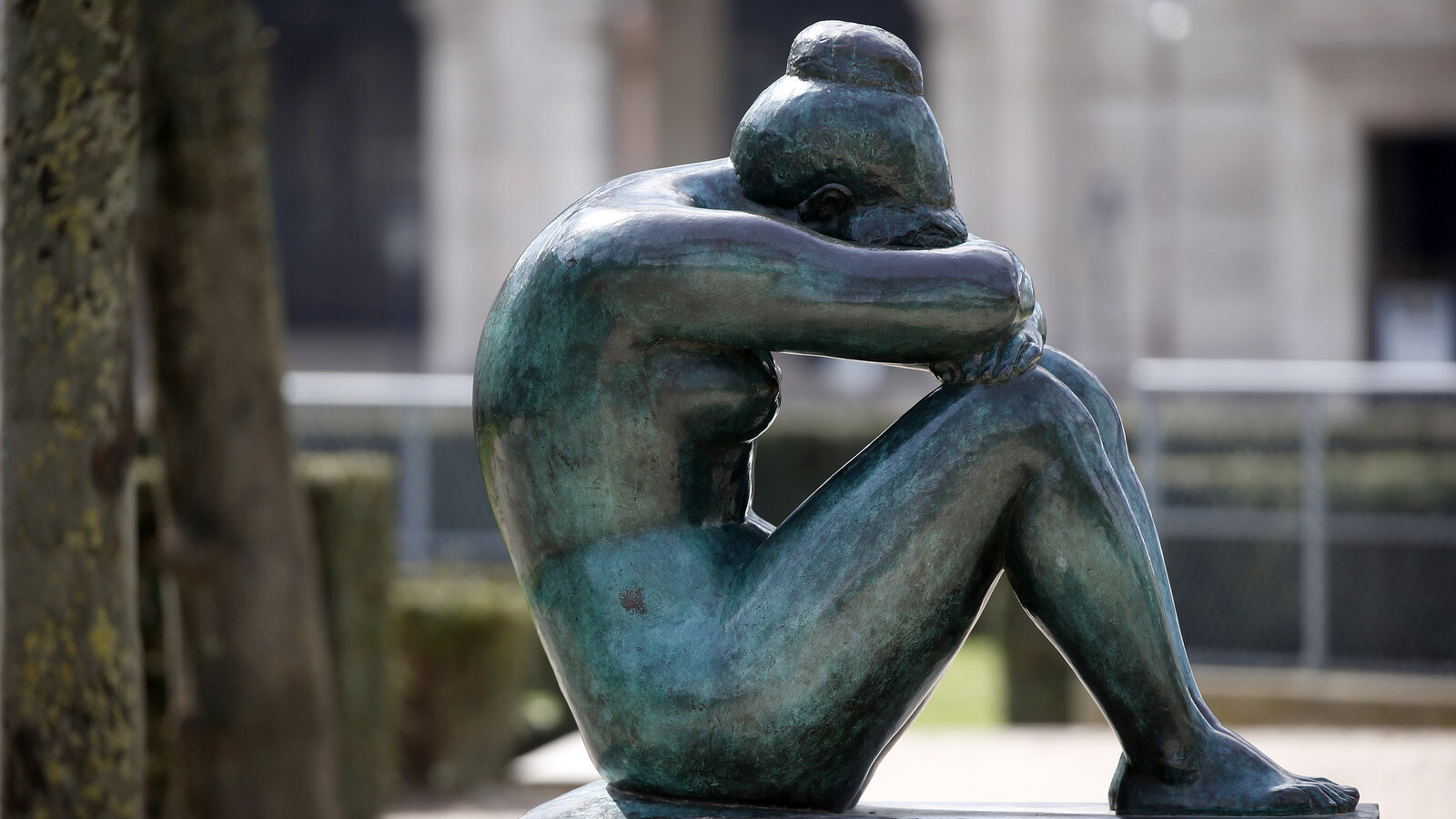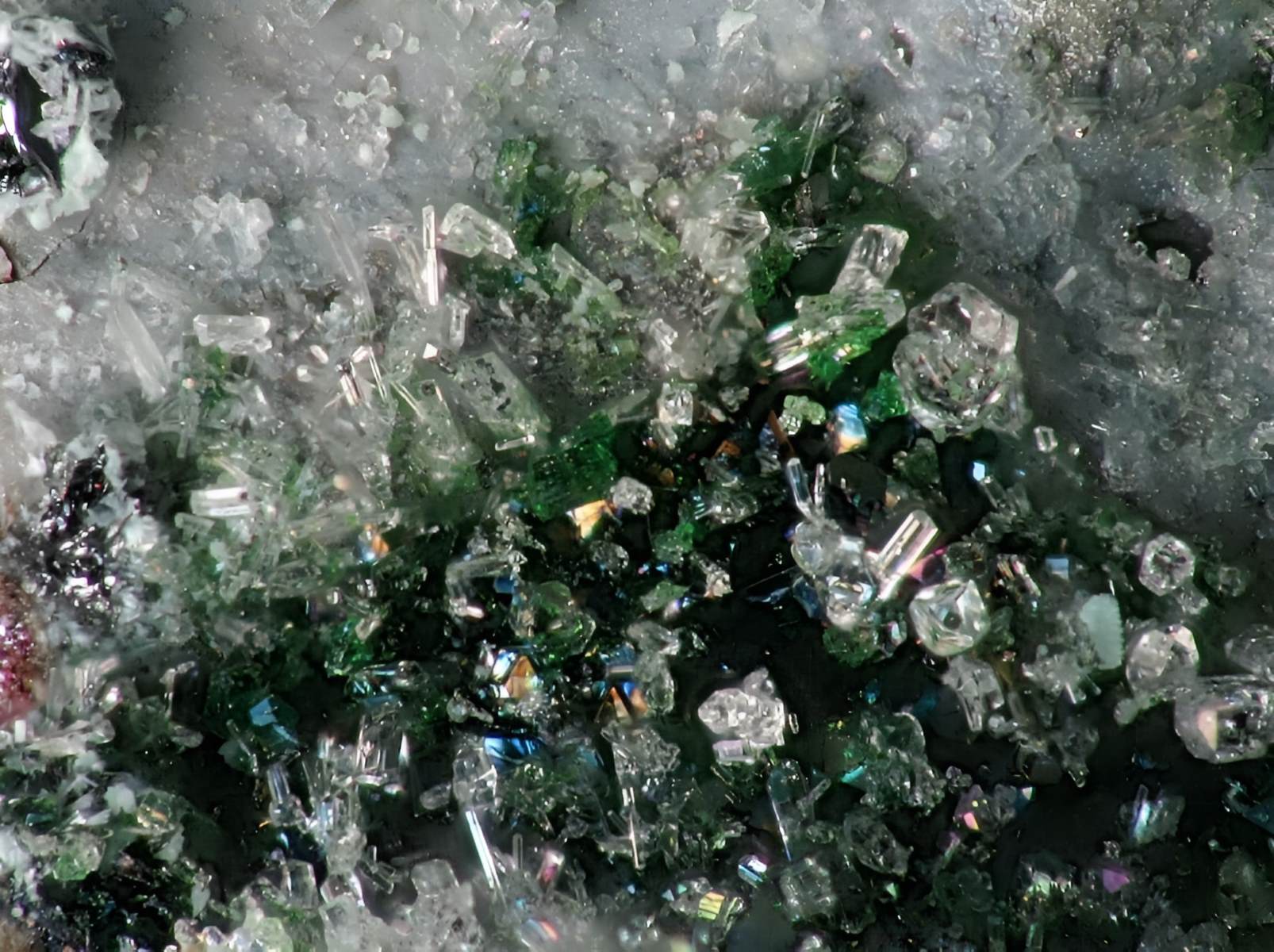
Art and sculpture have fascinated humans for centuries, transforming spaces and sparking conversations. Did you know that the oldest known sculpture is over 35,000 years old? From ancient carvings to modern masterpieces, these creations tell stories, evoke emotions, and capture moments in time. Sculptures can be found in museums, parks, and even unexpected places like underwater galleries. Michelangelo's David stands 17 feet tall, showcasing incredible detail and craftsmanship. Art isn't just about beauty; it often reflects cultural, political, and social themes. The Thinker by Rodin symbolizes deep contemplation and is one of the most recognized sculptures worldwide. Whether made from marble, bronze, or recycled materials, each piece has a unique story to tell. Dive into these 38 intriguing facts about art and sculpture to discover more about this captivating world.
Key Takeaways:
- Art has been a part of human culture for thousands of years, from cave paintings to modern installations, reflecting history, beliefs, and emotions.
- Different art movements and techniques have shaped the way we create and appreciate art, from Renaissance masterpieces to modern digital and 3D creations.
The Origins of Art
Art has been an integral part of human culture for millennia. From cave paintings to modern installations, it reflects our history, beliefs, and emotions.
- The oldest known cave paintings are in El Castillo Cave, Spain, dating back over 40,000 years.
- Ancient Egyptians used art to depict their gods, pharaohs, and daily life, often in the form of hieroglyphics and murals.
- The Venus of Willendorf, a small figurine found in Austria, is one of the earliest known sculptures, estimated to be around 25,000 years old.
Renaissance Art
The Renaissance was a period of great cultural change and achievement, marked by a revival of interest in the classical art and learning of Ancient Greece and Rome.
- Leonardo da Vinci's Mona Lisa is one of the most famous paintings in the world, known for her enigmatic smile.
- Michelangelo's David is a masterpiece of Renaissance sculpture, representing the biblical hero David.
- The Sistine Chapel ceiling, painted by Michelangelo, is renowned for its intricate detail and depiction of biblical scenes.
Modern Art Movements
Modern art movements have pushed the boundaries of creativity and expression, often challenging traditional norms.
- Impressionism, led by artists like Claude Monet, focused on capturing light and movement in everyday scenes.
- Cubism, pioneered by Pablo Picasso and Georges Braque, broke objects into geometric shapes and presented them from multiple angles.
- Surrealism, with artists like Salvador Dalí, explored the unconscious mind through dream-like and fantastical imagery.
Sculpture Through the Ages
Sculpture has evolved from simple carvings to complex installations, reflecting the technological and cultural advancements of each era.
- The Great Sphinx of Giza is one of the largest and oldest statues in the world, believed to have been built around 2500 BC.
- Greek sculptures like the Venus de Milo and the Discobolus are celebrated for their idealized forms and attention to detail.
- Rodin's The Thinker is a famous bronze sculpture representing a man in deep contemplation.
Art in Different Cultures
Art varies greatly across cultures, each with its unique styles, techniques, and purposes.
- Japanese ukiyo-e prints, like those by Hokusai, depict landscapes, kabuki actors, and scenes from everyday life.
- African masks are used in rituals and ceremonies, often representing spirits or ancestors.
- Aboriginal Australian art includes dot paintings and rock art, often telling stories of the Dreamtime.
Art Techniques and Materials
Artists use a wide range of techniques and materials to create their works, each contributing to the final piece's texture, color, and form.
- Fresco painting involves applying pigment to wet plaster, as seen in the murals of Pompeii.
- Oil painting allows for rich colors and fine details, popularized during the Renaissance.
- Marble has been a favored material for sculptors due to its durability and ability to hold fine details.
Famous Artworks and Their Stories
Behind many famous artworks lie fascinating stories about their creation, meaning, and impact.
- The Starry Night by Vincent van Gogh was painted from the window of his asylum room and reflects his turbulent state of mind.
- The Persistence of Memory by Salvador Dalí features melting clocks, symbolizing the fluidity of time.
- Guernica by Pablo Picasso is a powerful anti-war painting, depicting the horrors of the Spanish Civil War.
Art and Technology
Technology has revolutionized the way art is created, shared, and experienced.
- Digital art uses software and digital tools to create images, animations, and interactive pieces.
- 3D printing allows artists to create complex sculptures and installations with precision.
- Virtual reality offers immersive experiences, enabling viewers to explore art in new and interactive ways.
Art Preservation and Restoration
Preserving and restoring art ensures that future generations can appreciate these cultural treasures.
- The Last Supper by Leonardo da Vinci has undergone extensive restoration to repair damage from age and environmental factors.
- The Parthenon Marbles have been the subject of preservation efforts to protect them from pollution and wear.
- Modern techniques like laser cleaning and digital reconstruction help restore and preserve artworks without damaging the originals.
Art in Public Spaces
Public art transforms everyday environments, making art accessible to everyone.
- Street art and murals, like those by Banksy, bring social and political messages to urban landscapes.
- Public sculptures, such as the Chicago Bean, become landmarks and symbols of their cities.
- Land art, like Robert Smithson's Spiral Jetty, uses natural landscapes as the canvas.
Art and Emotion
Art has the power to evoke a wide range of emotions, from joy to sorrow, and everything in between.
- Edvard Munch's The Scream captures a moment of existential angst and despair.
- Frida Kahlo's self-portraits express her pain and resilience through vivid imagery.
- Mark Rothko's color field paintings evoke deep emotional responses through their use of color and scale.
Art and Society
Art reflects and influences society, often serving as a commentary on social issues and cultural changes.
- Diego Rivera's murals depict the struggles and triumphs of the Mexican people.
- Andy Warhol's pop art comments on consumerism and mass production.
- Ai Weiwei's installations address human rights and political activism.
Art Education and Appreciation
Understanding and appreciating art enriches our lives and broadens our perspectives.
- Art history courses teach us about different periods, styles, and artists, helping us appreciate the context and significance of artworks.
- Museum visits offer the opportunity to see masterpieces up close and learn about their history and impact.
Art and Sculpture: A World of Wonders
Art and sculpture have always fascinated people. From ancient cave paintings to modern installations, these forms of expression tell stories, evoke emotions, and inspire creativity. They reflect cultures, beliefs, and histories, making them invaluable to understanding human civilization. Whether it's the intricate details of Michelangelo's David or the abstract forms of Picasso's works, each piece offers a unique perspective.
Exploring art and sculpture broadens our horizons and deepens our appreciation for creativity. It encourages us to think critically, feel deeply, and see the world through different lenses. So next time you visit a museum or stumble upon a public sculpture, take a moment to truly observe and reflect. You might just discover something new about the world, and yourself.
Frequently Asked Questions
Was this page helpful?
Our commitment to delivering trustworthy and engaging content is at the heart of what we do. Each fact on our site is contributed by real users like you, bringing a wealth of diverse insights and information. To ensure the highest standards of accuracy and reliability, our dedicated editors meticulously review each submission. This process guarantees that the facts we share are not only fascinating but also credible. Trust in our commitment to quality and authenticity as you explore and learn with us.


